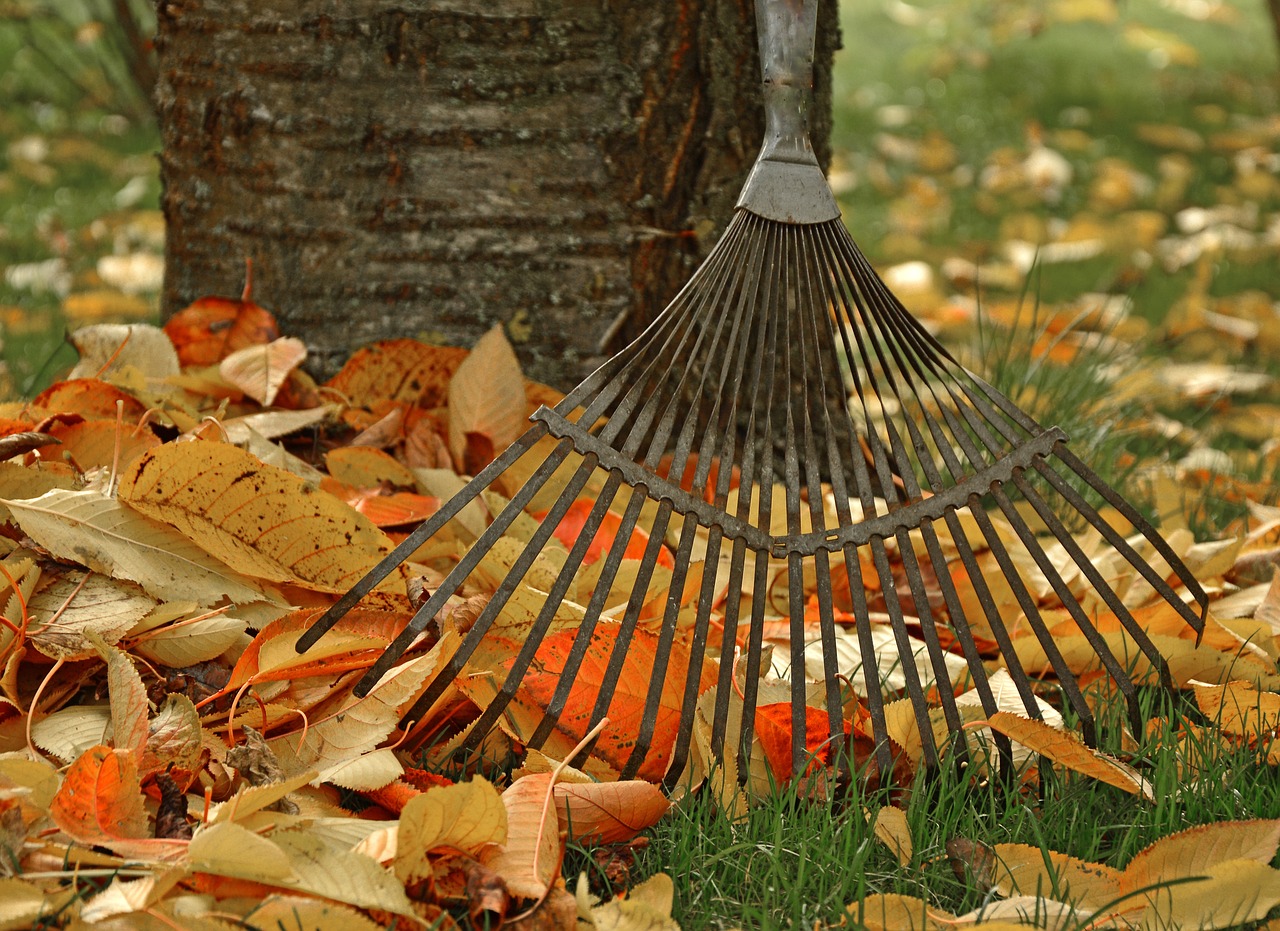
Choosing the Right Rake for Effective Gardening
Spring and Leaf Rakes
Spring and leaf rakes are optimal for light tasks, particularly the collection of leaves. They are designed to be utilized in a singular directional motion, allowing for the effective gathering of leaves while ensuring minimal disturbance to the grass or soil. It is advisable to employ a gentle, sweeping motion when using spring and leaf rakes, thus preventing any potential harm to the lawn's surface.
Steel or Builders Rake
For more demanding tasks, such as the distribution of gravel or soil, the steel or builders rake stands out as the preferred choice. These rakes offer the capacity to both push and pull, showcasing remarkable versatility in garden maintenance. This duality of function makes the steel or builders rake an essential tool for tasks that require a higher degree of force and precision.
Additional Rake Options
- Cultivator Rake: The cultivator rake excels in aerating the soil and facilitating weed removal. Its design is specifically aimed at enhancing the breathability and hydration of the lawn.
- Dethatching Rake: This rake is uniquely specialized for the removal of thatch. Thatch removal is crucial for improving air circulation within the soil and ensuring effective water penetration, thereby fostering a healthier lawn environment.
Enhancing Efficiency and Safety Through Proper Raking Technique
Utilizing the Appropriate Technique
It is imperative to align the raking method with the specific design of the rake being employed. This alignment is essential for maximizing the efficiency of the task at hand while minimizing the physical effort required. For lighter tasks such as leaf collection, a gentle sweeping action is recommended to collect debris without causing undue strain on the user or damage to the lawn. Conversely, heavier tasks, including the leveling of soil or gravel, necessitate a more robust push-pull technique, leveraging the full capabilities of the rake.
Regular Maintenance of Raking Tools
To ensure the longevity and effectiveness of raking tools, periodic inspection and maintenance are necessary. Such maintenance includes the cleaning of the rake head after each use, the sharpening of tines as per the manufacturer’s guidelines, and the replacement of parts like the handle when they show signs of wear. Proper storage of the rake in a dry, protected area is also crucial to prevent rust and damage, thereby prolonging the tool's usable life and maintaining its safety and functionality for garden maintenance tasks.
Preparing Soil for Planting
For optimal bed preparation, the utilization of a carbon steel double-sided rake is recommended. This rake, designed with deeper tines, facilitates the loosening of soil, enabling the creation of a conducive environment for seed sowing known as tilth—a soft, crumbly texture. The shorter tines of this rake further assist in refining the soil to achieve the perfect seedbed. In addition, cultivator rakes equipped with a robust T-bar head are instrumental in the breakdown of soil lumps and the extraction of stones, thereby fostering an ideal environment for seed germination.
Utilizing Your Rake Throughout the Season
Preparing Soil for Planting:
The employment of double-sided rakes is crucial in the preparation of planting beds. The rake’s deeper tines are efficient in loosening the soil, while its shorter tines are adept at creating a fine tilth, essential for the sowing of seeds. Similarly, cultivator rakes with their strong T-bar heads play a pivotal role in dismantling soil clumps, eliminating stones, and preparing the soil to a fine tilth, which is indispensable for seed germination.
Creating Seed Drills for Precise Planting:
The innovation of utilizing the top corner of the rake for the creation of seed drills is noteworthy. This technique not only aids in controlling the sowing depth of seeds but also in ensuring their effective spacing. Additionally, marking measurements along the rake handle serves as a practical guide for seed spacing, obviating the need for supplementary tools.
Managing Leaves:
The selection between carbon steel wire leaf rakes and extra wide leaf rakes should be predicated on the scale of the task. The carbon steel wire leaf rake, characterized by its durability, is suited for gathering leaves and debris, while the extra wide leaf rake is more efficient for covering larger areas swiftly. Regular collection of leaves is imperative to prevent the smothering of lawns and to promote their health and vitality. Furthermore, the practice of composting leaves into leaf mold constitutes an effective method for enriching the soil, transforming leaf piles into a valuable resource for garden nourishment.
Composting Leaves for Soil Conditioning
The collection of leaves for the purpose of creating leaf mold serves as a critical activity in sustainable gardening practices. Leaf mold, recognized for its superior soil conditioning properties, is produced through the decomposition of collected leaves over a period. To facilitate this process, leaves should be placed in a Hessian bag, which supports adequate air circulation and moisture retention, essential factors for the decomposition process. It is advisable to store these bags in a location that does not obstruct daily activities, such as behind a shed or garage, and allow them to decompose for a duration of up to two years. This timeframe ensures the transformation of leaves into a nutrient-rich compost, offering a multitude of benefits for soil health and plant growth. The utilization of leaf mold as a soil conditioner enhances the soil structure, fosters beneficial microbial growth, and improves water retention capabilities, thereby contributing significantly to the vitality of garden ecosystems.
Maximizing Comfort and Efficiency in Raking Practices
The design and material composition of rakes play a pivotal role in promoting ergonomic work practices among gardeners. Rakes with long handles, particularly those crafted from ethically sourced ash wood, are highly recommended for their ergonomic benefits. These rakes facilitate an upright posture during gardening activities, effectively minimizing the risk of back strain and other musculoskeletal disorders. The emphasis on ergonomic design extends to the incorporation of features such as cushioned handles, which prevent slippage and reduce hand fatigue, thereby enhancing the overall comfort and efficiency of raking tasks.





